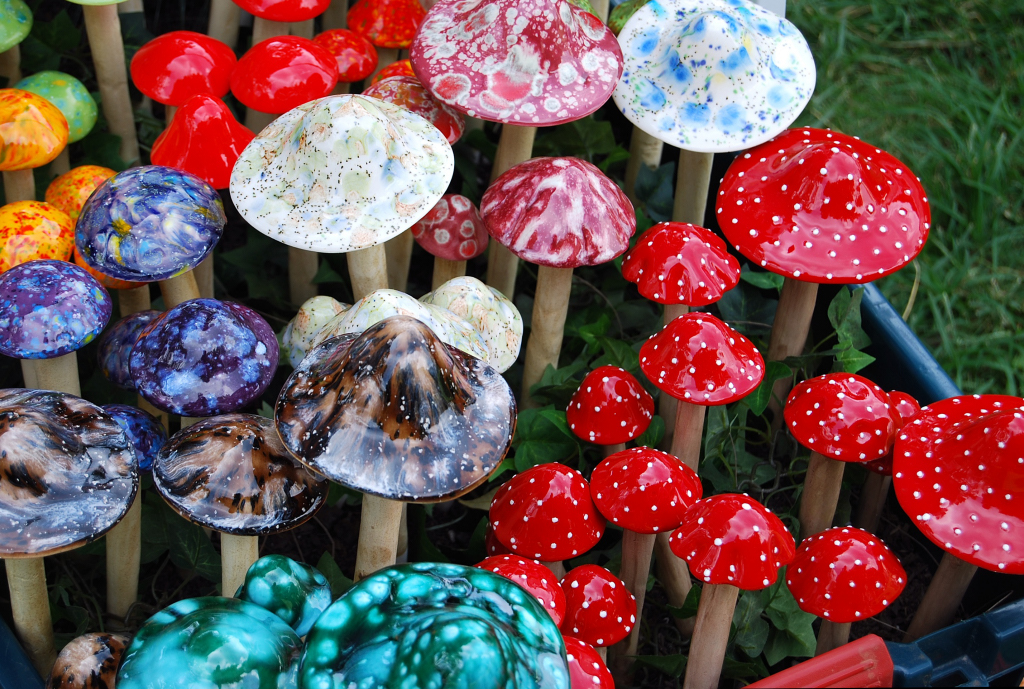Sleeping like a baby?

I hope I don't sound obsessed with sleep, but I was intrigued with my findings last night so I decided to dig a little deeper for some more facts about sleep. Did you know...
Man is the only mammal that willingly delays sleep.
The higher the altitude, the greater the sleep disruption. Generally, sleep disturbance becomes greater at altitudes of 13,200 feet or more. The disturbance is thought to be caused by diminished oxygen levels and accompanying changes in respiration. Most people adjust to new altitudes in approximately two to three weeks
.
In general,
exercising regularly makes it easier to fall asleep and contributes to sounder sleep. However, exercising sporadically or right before going to bed will make falling asleep more difficult
.
Divorced, widowed and separated people report more
insomnia. (I've experienced this!)
Six in ten healthcare professionals do not feel that they have enough time to have a discussion with their patients about insomnia during regular office visits.
More than eight in ten survey respondents think that people often or sometimes misuse prescription sleep aids.
Caffeine has been called the most popular drug in the world. All over the world people consume caffeine on a daily basis in coffee, tea, cocoa, chocolate, some soft drinks, and some drugs
.
In general, most healthy adults need seven to nine hours of sleep a night. However, some individuals are able to function without sleepiness or drowsiness after as little as six hours of sleep. Others can’t perform at their peak unless they’ve slept ten hours
.
We naturally feel tired at two different times of the day: about 2:00 AM and 2:00 PM. It is this natural dip in alertness that is primarily responsible for the post-lunch dip
.
Sleep is just as important as diet and exercise.
According to the International Classifications of Sleep Disorders, shift workers are at increased risk for a variety of chronic illnesses such as cardiovascular and gastrointestinal diseases.
Newborns sleep a total of 10.5 to 18 hours a day on an irregular schedule with periods of one to three hours spent asleep.
When infants are put to bed drowsy but not asleep, they are more likely to become "self- soothers," which enables them to fall asleep independently at bedtime and put themselves back to sleep during the night.
Eighty-two percent of healthcare professionals believe that it is the responsibility of both the patient and the healthcare professional to bring up symptoms of insomnia during an appointment.
The body never adjusts to shift work!
There are individual differences in the need to nap. Some adults and children need to nap. However, the majority of teenagers probably nap in the afternoon because they are not sleeping enough at night
.
Snoring is the primary cause of sleep disruption for approximately 90 million American adults; 37 million on a regular basis
.
Scientists still don't know — and probably never will — if animals dream during REM sleep, as humans do.
Some studies show promise for the use of
melatonin in shortening the time it takes to fall asleep and reducing the number of awakenings, but not necessarily total sleep time. Other studies show no benefit at all with melatonin
.
One of the primary causes of excessive sleepiness among Americans is self-imposed sleep deprivation.
According to the results of NSF's 2008 Sleep in America poll, 36 percent of American drive drowsy or fall asleep while driving.
According to the results of NSF's 2008 Sleep in America poll, a surprising 34 percent of respondents reported their employer allows them to nap during breaks and 16 percent provide a place to do so.
People who don’t get enough sleep are more likely to have bigger appetites due to the fact that their leptin levels (leptin is an appetite-regulating hormone) fall, promoting appetite increase.
Rates of insomnia increase as a function of age, but most often the sleep disturbance is attributable to some other medical condition.
And did you know seasonal affective disorder is believed to be influenced by the changing patterns of light and darkness that occur with the approach of winter?
http://sleepfoundation.org/sleep-news/25-random-facts-about-sleep/page/0%2C1/
The SAD (seasonal affective disorder) is interesting to me. Coming from the Pacific Northwest, where the winters and cold, wet and gray, I really do think that I suffered from this to a certain degree. Three to four months of gray days and rain can really wear on you. One of the things I love about TN is that the sun shines in the winter! Sun shine does a lot to elevate my mood.
Bottom line...sleep is important and I plan on getting some soon! ;)








